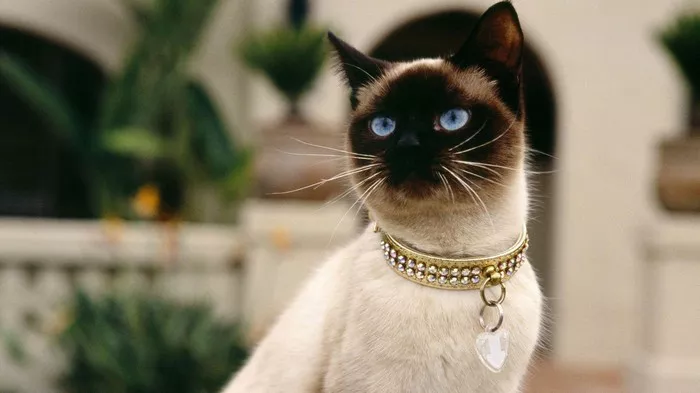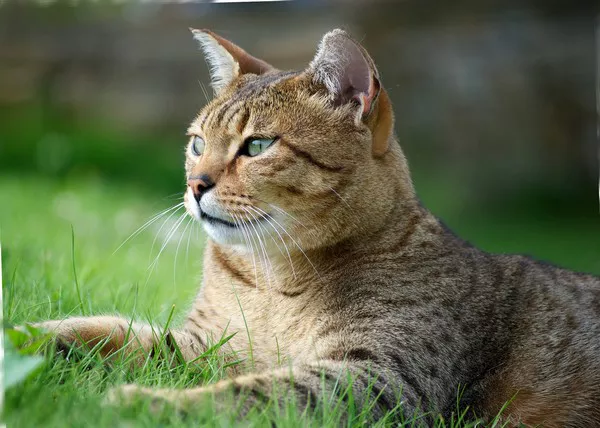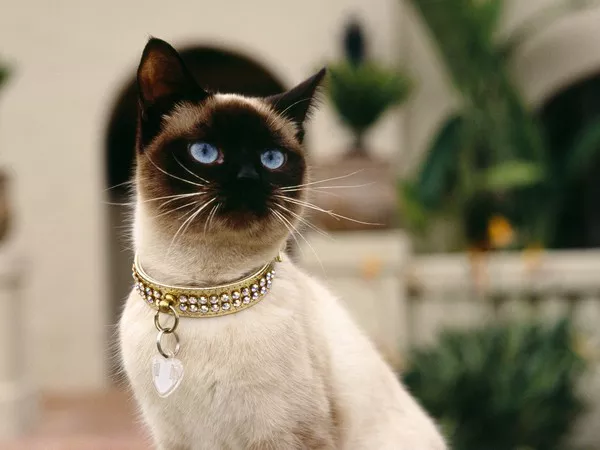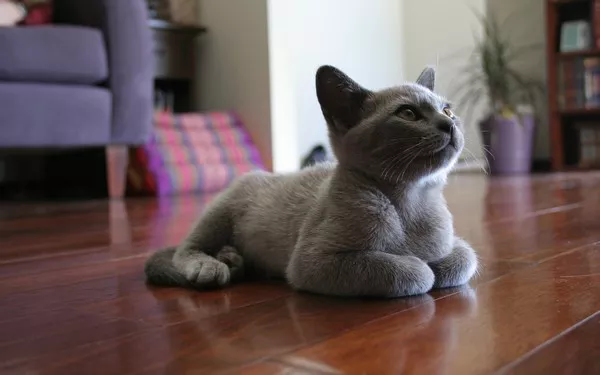Siamese cats are renowned for their striking appearance, characterized by their pale bodies and darker color points on their ears, face, paws, and tail. A common question among cat enthusiasts is whether Siamese cats get darker with age. In this article, we will delve into the captivating world of Siamese coat coloration, discussing the factors that contribute to their color changes, the role of genetics, the influence of temperature, and the distinct stages of color development. By understanding the evolution of Siamese coat colors, you can better appreciate the beauty and uniqueness of these feline companions.
The Allure of Siamese Coat Coloration
1. Distinctive Appearance
The Siamese cat‘s coat coloration is one of its most defining features. The contrast between the light body and the darker points is an integral part of the breed’s charm.
2. Genetic Basis
Siamese coat coloration is primarily influenced by genetic factors that dictate the distribution of pigments in the fur. As a result, their coat pattern is quite different from that of other cat breeds.
The Role of Genetics
1. Albinism and Point Coloration
Siamese cats possess a genetic mutation that leads to partial albinism, meaning their bodies produce less pigment. This results in the pale body color, while the cooler extremities have more pigmentation.
2. Temperature-Sensitive Enzymes
The temperature-sensitive enzyme known as tyrosinase plays a crucial role in the development of Siamese coat coloration. Cooler areas of the body allow for darker pigments to develop.
Gradual Darkening: A Common Phenomenon
1. Kittens and Color Points
Siamese kittens are often born with a uniformly pale coat. However, their color points may not fully develop until they are a few weeks old, making it appear as if they have gotten darker as they age.
2. Continued Maturation
As Siamese cats grow and their bodies mature, the contrast between the body and the color points may become more pronounced, leading to the perception that they have darkened with age.
Variability in Color Intensity
1. Factors Beyond Age
While Siamese cats may exhibit some darkening with age, it’s important to note that individual variation, genetics, and environmental factors also contribute to the intensity of their color points.
2. Seal, Chocolate, Blue, and Lilac Points
Siamese cats come in different color varieties, including seal, chocolate, blue, and lilac points. The specific genetics behind each color variation influence how their color points develop over time.
Temperature’s Influence on Coat Color
1. Fascinating Experiment
The relationship between temperature and Siamese coat coloration was discovered through a fascinating experiment. When Siamese kittens were kept in cooler environments, their color points remained darker.
2. Cooler Extremities
The cooler parts of a Siamese cat’s body, such as the ears, paws, and tail, allow the enzyme tyrosinase to be more active, leading to the development of darker pigments.
See Also: A Guide To Caring For Siamese Cats
Stages of Color Development
1. Birth and Early Weeks
Newborn Siamese kittens are often all white or cream-colored, with their color points yet to fully develop. Over the first few weeks of life, their darker points begin to emerge.
2. Adolescence and Adulthood
As Siamese kittens transition into adolescence and adulthood, the contrast between the body and color points becomes more pronounced, resulting in the iconic Siamese appearance.
3. Maturation and Stability
While there may be some gradual changes in intensity, Siamese cats typically reach a point of color stability by the time they are fully grown, maintaining their unique appearance throughout their adult lives.
See Also: Siamese Cats: Different Types & Varieties
Conclusion
In conclusion, Siamese cats’ coat coloration is a result of complex genetic factors, temperature-sensitive enzymes, and individual variation. While Siamese cats may appear to get darker with age, the process is more accurately described as a gradual development of their color points as they mature. Understanding the genetic basis of their coat coloration and the influence of temperature allows us to appreciate the unique and captivating beauty of these feline companions. Whether you’re admiring a Siamese kitten‘s pale coat or marveling at the contrast between the body and color points in an adult Siamese, you can be sure that the evolution of their coat colors is a fascinating and integral part of their identity.


























